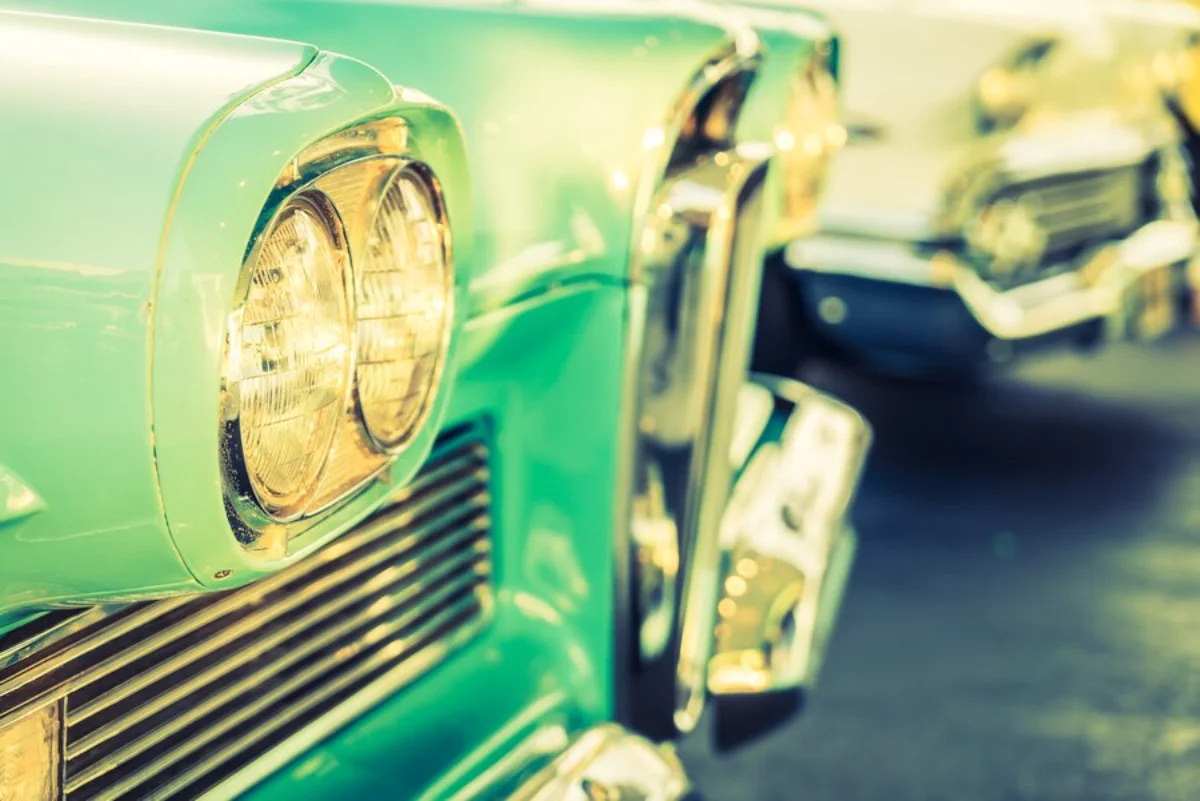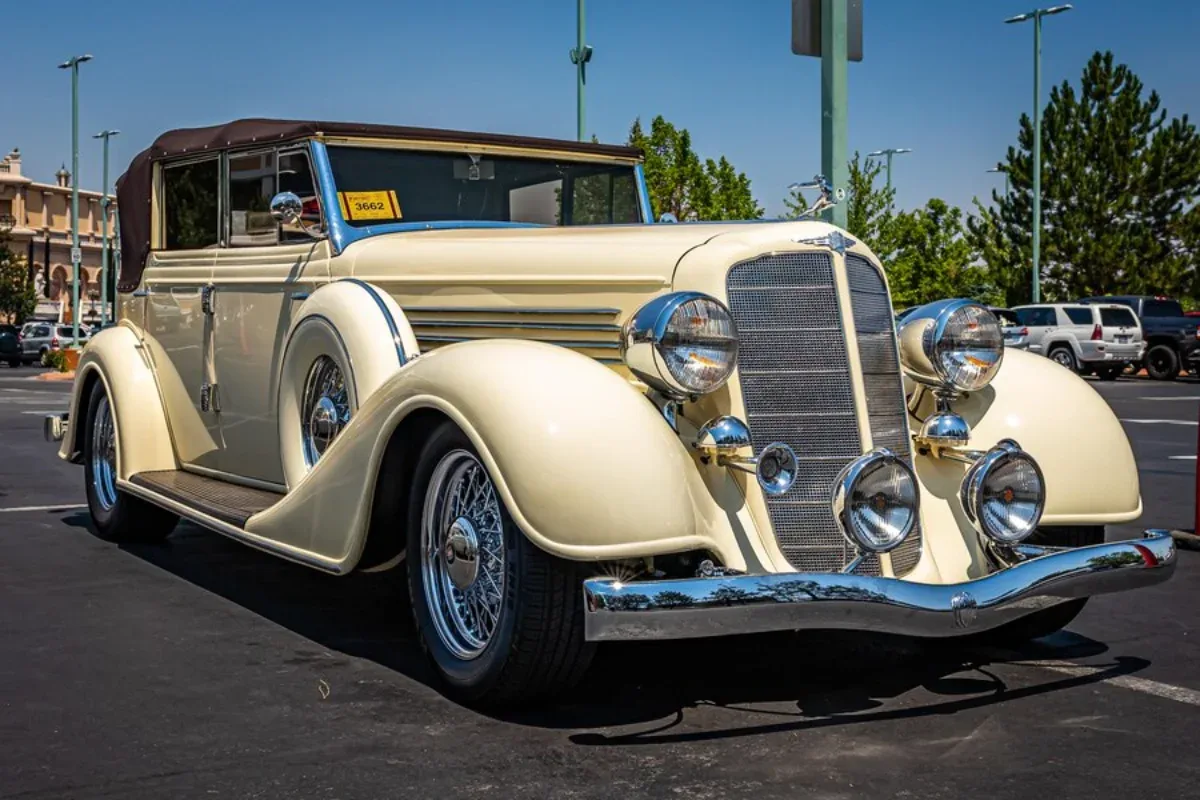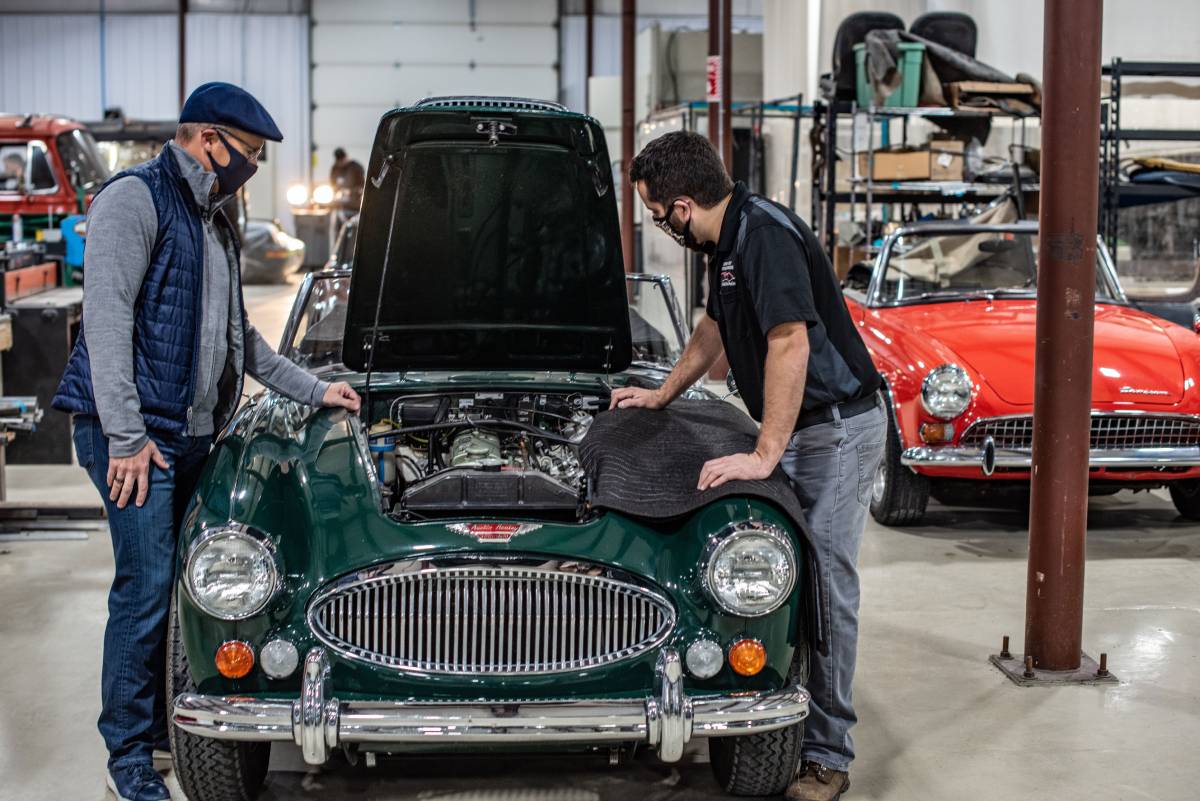
Restoration Costs: What Classic Car Owners Should Expect
Restoring a classic car is a dream project for many enthusiasts—a chance to bring a piece of automotive history back to life. But before you get lost in visions of chrome bumpers and polished dashboards, it’s essential to understand the financial side of things.
Whether you’re restoring a barn find or giving a weekend cruiser a new lease on life, being informed about the classic car restoration cost will save you time, money, and stress. In this guide, we’ll break down what to expect, how to plan your restoration budget, and what factors influence vintage car maintenance expenses.
The Big Picture: What Restoration Really Involves
Classic car restoration is more than just a new coat of paint. Depending on the condition and goals, a restoration may include:
- Mechanical overhauls (engine, transmission, suspension)
- Bodywork and rust repair
- Interior refurbishment (seats, dash, carpets)
- Electrical system updates
- Paint and trim refinishing
- Upgrades for safety or drivability
The extent of your restoration—whether you’re going for a full concours-level rebuild or a basic cosmetic refresh—will have the biggest impact on your final cost.
Typical Classic Car Restoration Cost Ranges
While no two projects are alike, here’s a general idea of what you might expect:
| Restoration Level | Estimated Cost Range |
|---|---|
| Basic cosmetic refresh | £3,000 – £7,000 |
| Partial mechanical + cosmetic | £8,000 – £20,000 |
| Full frame-off restoration | £25,000 – £70,000+ |
High-end restorations on rare models (think Jaguar E-Type or early Porsche 911) can easily exceed £100,000, especially if original parts and factory specifications are required.
Major Cost Factors to Consider
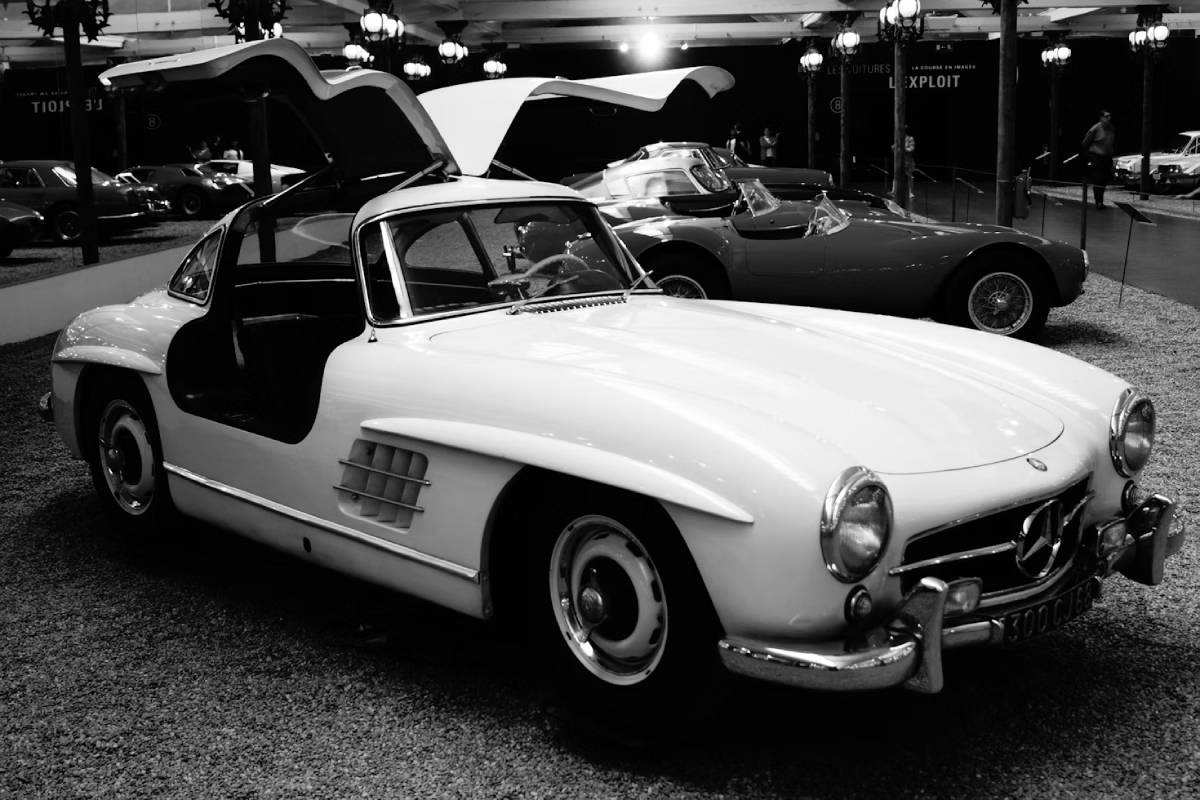
1. Starting Condition
A car in running condition with a solid frame will cost far less to restore than one with structural rust, missing parts, or a seized engine.
Inspect the car thoroughly (preferably with a mechanic) before buying. Cheap upfront may mean expensive down the line.
2. Make and Model
Some vehicles are cheaper to restore simply because parts are more widely available or easier to work on. Popular American muscle cars or classic Minis, for example, often have stronger parts networks than obscure or imported models.
Research parts availability and restoration difficulty for your chosen car before committing.
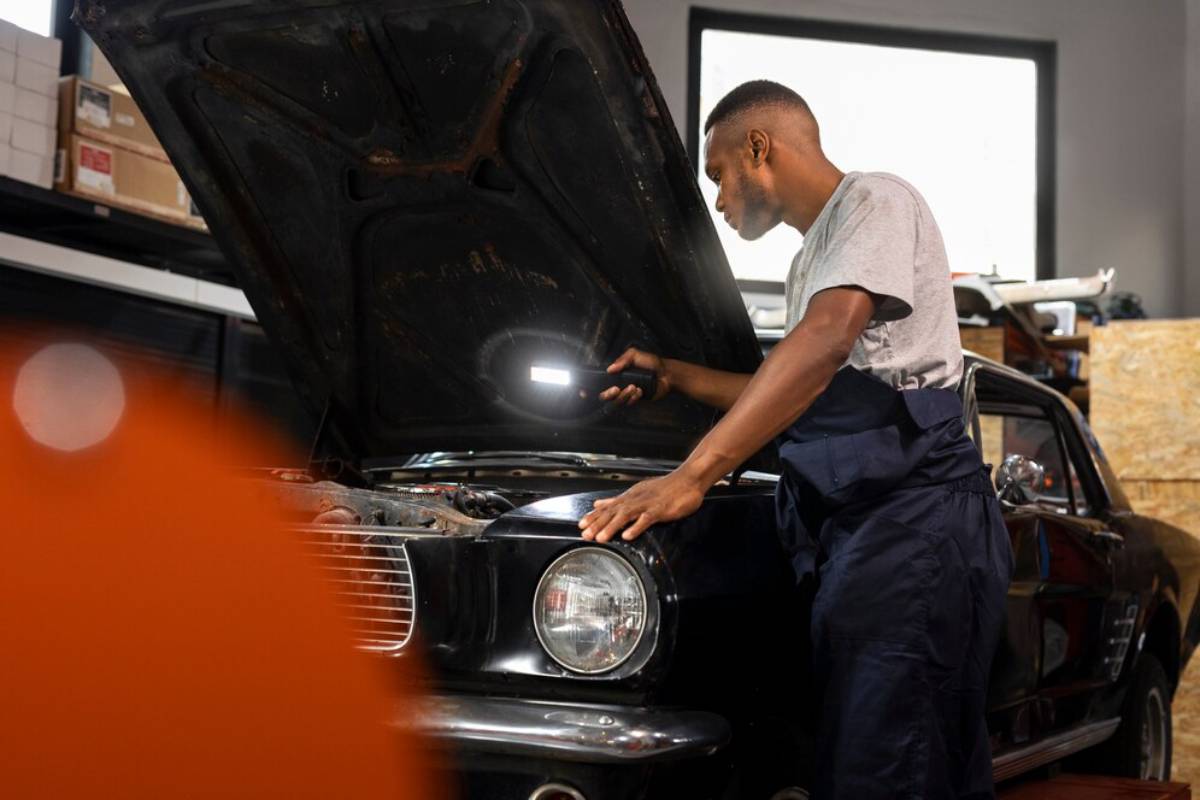
3. Labour vs. DIY
Labour costs are a significant part of your restoration budget. Professional shops may charge £50–£100 per hour or more, depending on location and expertise.
Doing some tasks yourself (like interior work or minor mechanical repairs) can save thousands, but only if you have the skills and tools.
4. Originality vs. Customisation
Restoring a car to factory specs can be more expensive due to sourcing rare or period-correct parts. Custom builds may offer more flexibility, but modifications can also add unexpected costs.
Decide early if you’re aiming for originality, drivability, or show-quality results—this will shape your decisions and costs.
Vintage Car Maintenance Costs Post-Restoration
Once your car is restored, the work doesn’t stop there. Vintage car maintenance is essential for preserving the vehicle and ensuring safe, enjoyable driving.
Common ongoing expenses:
- Regular oil and fluid changes
- Brake and tyre replacements
- Tune-ups and timing adjustments
- Storage (especially climate-controlled)
- Specialty insurance (often higher than standard coverage)
Estimated annual cost: £500 – £2,000 depending on usage, condition, and mileage.

Budgeting Smart: How to Build a Realistic Restoration Budget
Step 1: Create a Detailed Project Plan
List every system (engine, body, interior, etc.) and what needs attention. Estimate parts and labour for each area. Include:
- Replacement parts
- Tools or specialist equipment
- Body shop and paintwork costs
- Upholstery or trim services
- Unexpected repairs (always expect the unexpected)
Step 2: Include a Contingency Fund
Always add 15–25% to your restoration budget for surprises. Rust under paint, hidden wiring issues, and unavailable parts are more common than you’d think.
Step 3: Prioritise by Safety and Function
Before splurging on paint or chrome, make sure the brakes, tyres, and steering are sound. Safe driving comes before showroom shine.
Step 4: Track Every Expense
Use a spreadsheet or app to track every penny. Restoration costs add up fast—being organised helps you stay in control and avoid going over budget.
Cost-Saving Tips for Classic Car Owners
- Buy a complete car if possible—missing parts are expensive to source
- Join car clubs for advice, resources, and second-hand parts
- Attend swap meets and auctions for discounted components
- Use reproduction parts when originality isn’t critical
- Learn basic maintenance to reduce workshop visits
Even small savings in parts or labour can make a noticeable difference over the course of a full restoration.
Is It Worth the Investment?
Restoring a classic car is rarely about turning a quick profit. It’s a passion project, often driven by love of the model or nostalgia.
That said, restored classics can:
- Increase significantly in value (especially rare or iconic models)
- Offer resale potential if done properly
- Become part of a valuable collection over time
If investment is a priority, research current values and future projections for your chosen make and model.
Final Thoughts: Planning, Patience, and Passion
Restoring a classic car is a rewarding journey—but it’s not a cheap one. Understanding your classic car restoration cost ahead of time, factoring in ongoing vintage car maintenance, and building a realistic restoration budget are all essential to making the most of your project.
With the right mindset and preparation, you won’t just rebuild a car—you’ll bring history back to life and create something uniquely yours. And in the end, that’s priceless.
